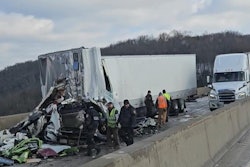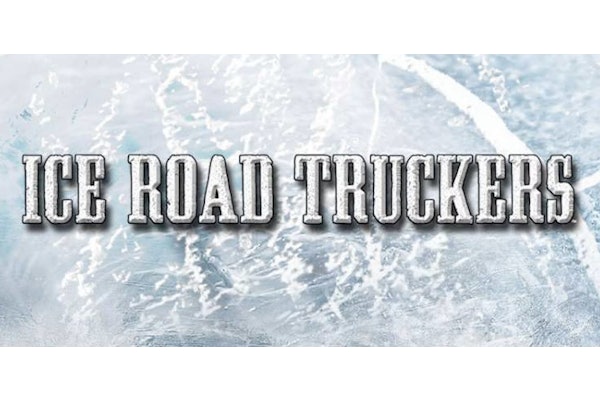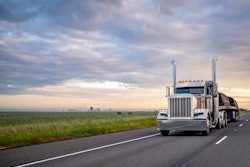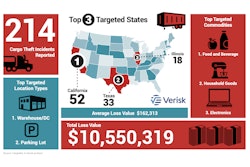
Oregon’s Umatilla County has partnered with Drivewyze to provide truck drivers with in-cab safety alerts in an effort to reduce commercial vehicle crash rates in active work zones.
The Umatilla County pilot program to improve highway safety includes a collaboration between Drivewyze, and one.network, a digital work zone and road management platform provider. The alerts give drivers a heads-up to upcoming work zones. The in-cab safety alerts are available to all truck drivers and trucking fleets at no cost through the Drivewyze Free service. Drivewyze Free can be activated through 100+ telematics service providers partnered with Drivewyze or downloaded directly from app stores.
Umatilla County, which covers more than 3,200 square miles in eastern Oregon, borders Washington state and connects to Boise on the border of Idaho via Interstate 84. It’s a main transportation corridor with mid-sized Oregon towns, like Baker City and Pendleton along the route.
Drivewyze is partnering with leading transportation agencies across the U.S. to deliver essential safety alerts and advisories through Drivewyze Free to truck drivers and fleets at no cost to the industry. Over a quarter of all states have or are in the process of, implementing this in-vehicle extension to traditional highway safety programs. In addition to active work zones, message sets can include warnings for sudden and unexpected slowdowns, service vehicles, virtual safety signs, and public emergency broadcasts.
Drivewyze Free is accessed through the Drivewyze mobile application, which is integrated with ELD partners operating on millions of trucks. The application can be embedded, run as a companion application, or run directly on the vast majority of telematics devices, smartphones or tablets installed in commercial vehicles. In addition to agency-sponsored safety alerts, Drivewyze Free also provides Drivewyze-sponsored alerts and advisory warnings for high-rollover risk areas, low bridges, mountain alerts (steep grade ahead; chain-up/brake check stations; and runaway ramps), and truck parking availability, where available.








